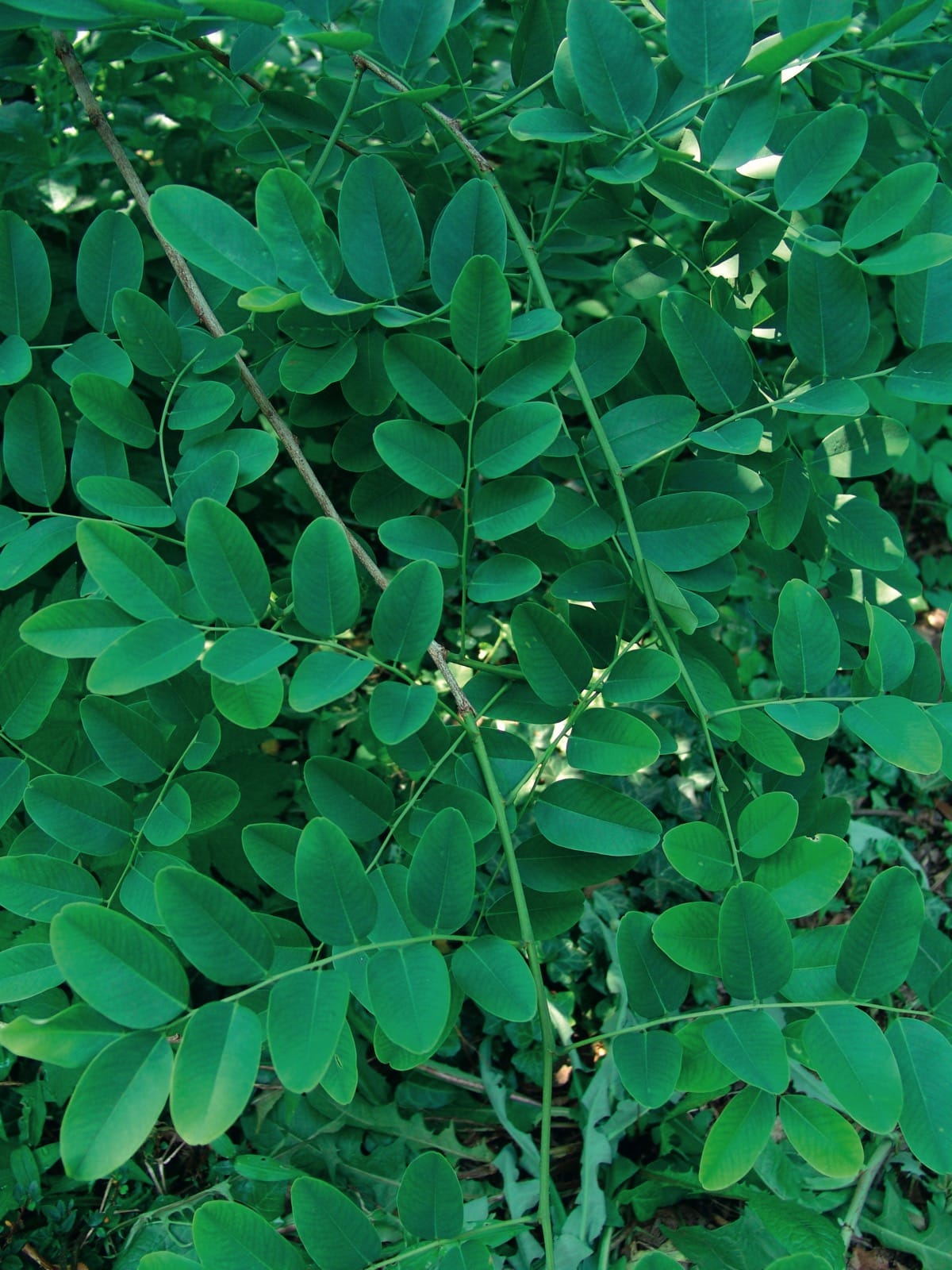Dalbergia
Credits
Article from New Trees by John Grimshaw & Ross Bayton
Recommended citation
'Dalbergia' from the website Trees and Shrubs Online (treesandshrubsonline.
Family
- Leguminosae (Papilionoideae)
Dalbergia comprises about 250 species, mainly in tropical South and Central America, Africa and Madagascar, and southern Asia (Klitgaard & Laven 2005). They are unarmed trees, shrubs and lianas, many of which are prized for their decorative and often fragrant wood (including rosewood). The leaves are alternate and imparipinnate; with stipules that are often small and caducous. The inflorescence is a terminal or axillary panicle; the bracts and bracteoles are usually small and caducous. The flowers are small and numerous; the calyx campanulate, five-toothed, the lower teeth larger than the upper teeth; the corolla white, pale green or rarely purple, the standard petal ovate, oblong or circular, the wing petals oblong and the keel petals obtuse, united above; the 9 or 10 stamens have their filaments fused, forming a single bundle or two bundles. The fruit is a flattened, indehiscent lomentum with one to many seeds (Chen & Nielsen 2006).
Dalbergia is almost unknown in temperate cultivation, with only D. hupeana sneaking in for inclusion here, but in the tropics several of its members are well known as important timber trees, and many homes will be able to show a piece of furniture or a trinket made of Dalbergia wood – various ‘rosewoods’ and African blackwood being examples (Mabberley 1997a).

